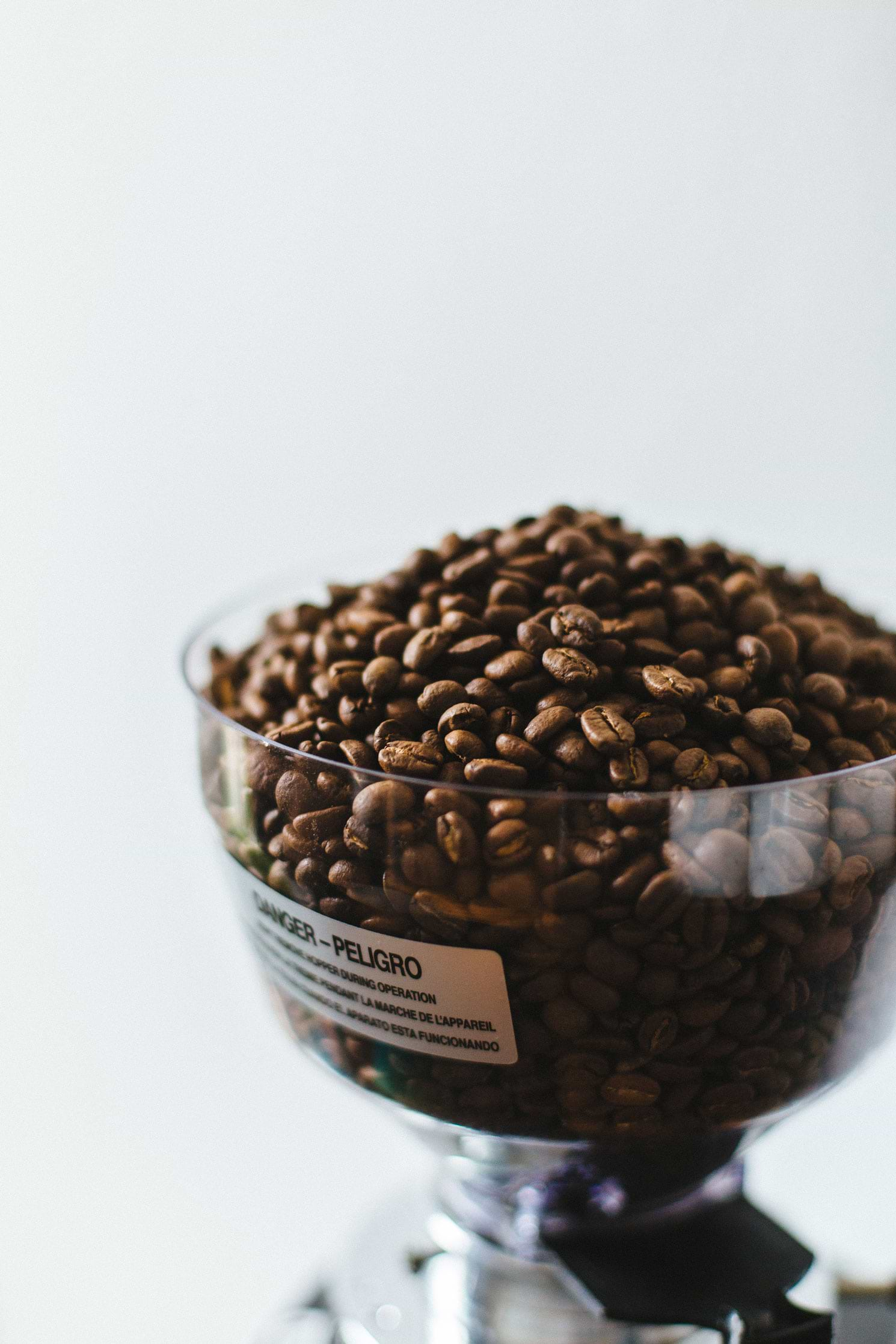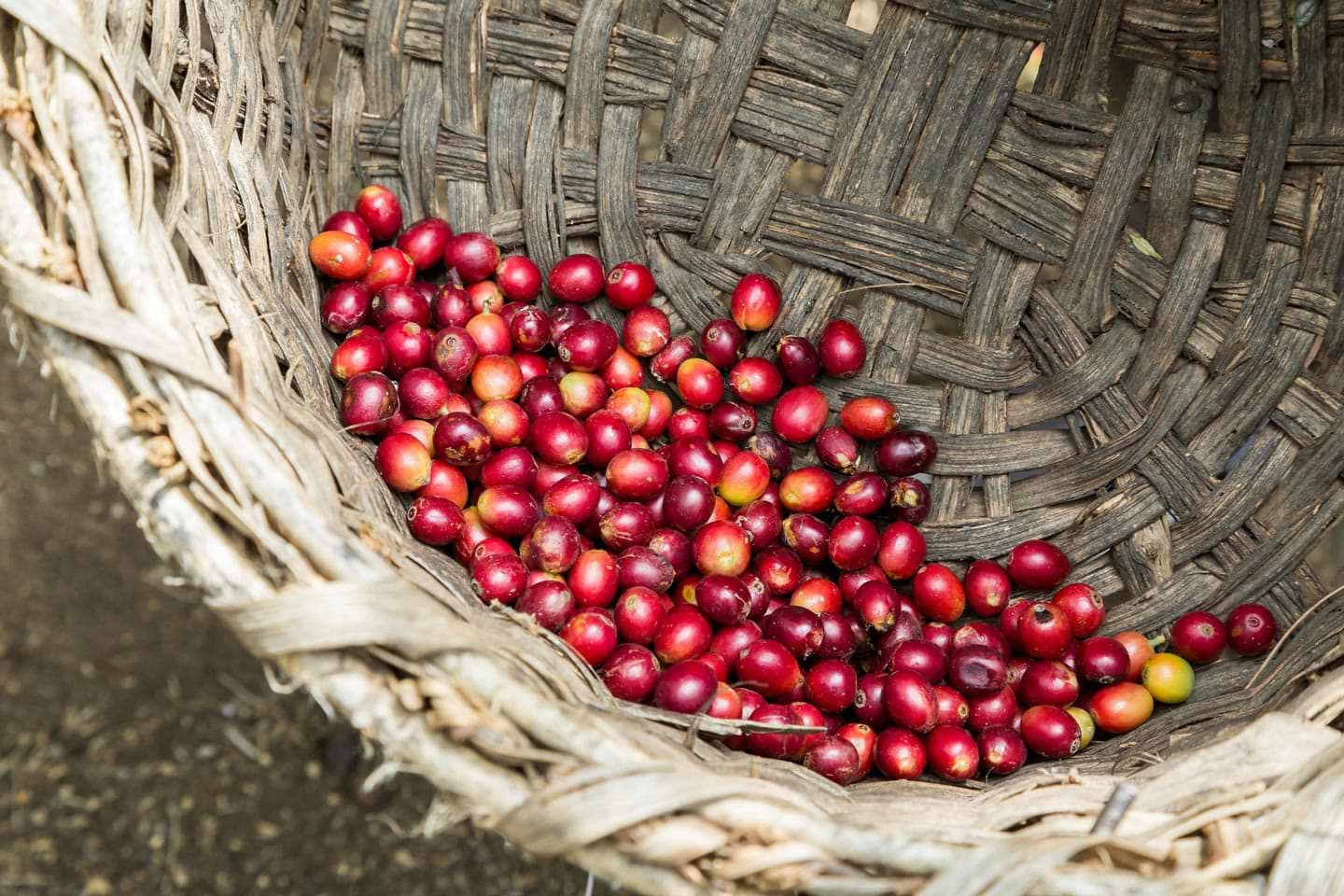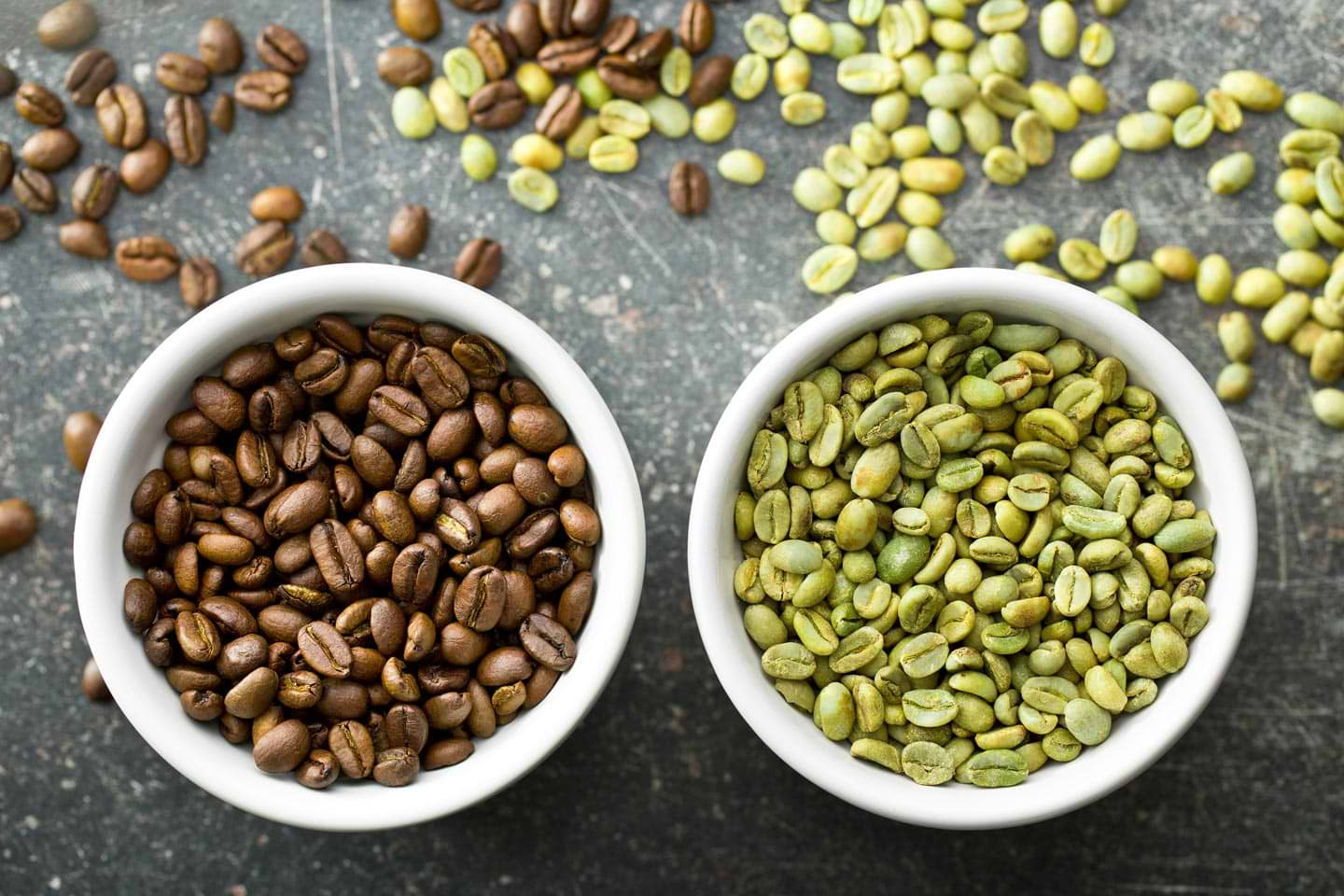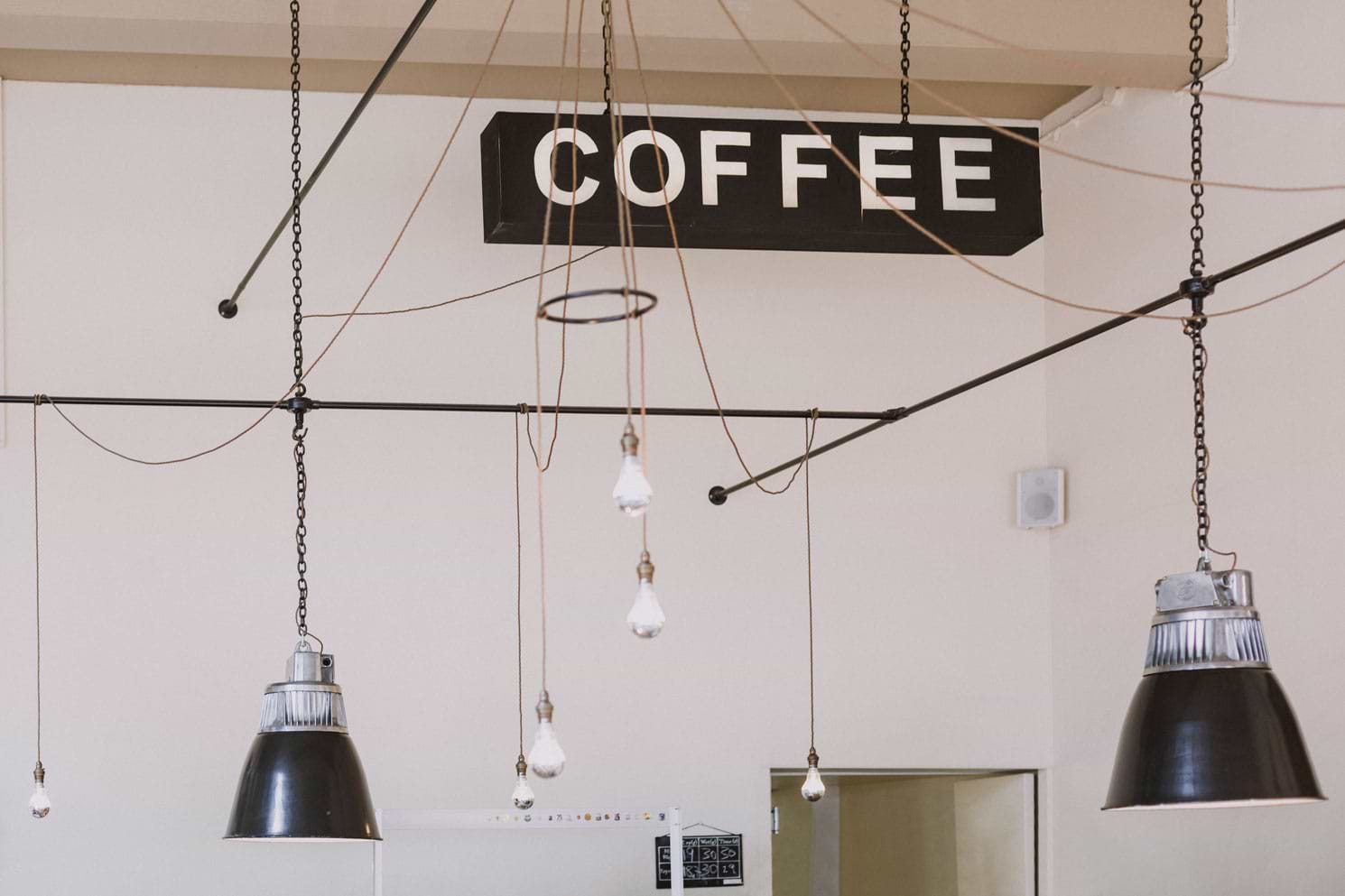Welcome to thoughtful, organic beauty
Hello Joyous is an organic, plant-based, sustainable beauty brand here to bring more joy to your day.
Well hello there! Walker here: husband, father and coffee lover and I wanted to wish you Happy National Coffee Day!
In the holistic health community, coffee doesn't always get a lot of love. It's a stimulant that can cause a whole host of undesirable effects, including digestive problems, elevated cortisol (stress hormone) levels, anxiety, and when abused can make other conditions far worse, such as adrenal fatigue.
On the other hand, research has shown that a cup of coffee can have positive health benefits, including lower rates of cardiovascular disease, liver disease and can even prevent cancer!
So who's right? Both sides perhaps.
You see, coffee, like many other commodities, ranges drastically in quality, and I think quality may be the difference between a healthy cup and a not-so-healthy cup.
Note: When I say coffee, I'm referring to black coffee. Mocha-frappa-lattes and such do not apply.

As an enthusiast who enjoys the drink but knew relatively little about it, I reached out to our good friend and coffee Czar Alan Smith of Rise Cafe (and husband of the lovely Julie Daniluk) to break down what makes a great cup.
Alan's been in the coffee industry for 19 years and definitely knows his stuff. We sat down for a coffee and a quick chat. Here's what I learned:
It all starts with the bean
Coffee starts as a cherry on a tree, which is grows naturally in bio-diverse, mountainous rainforest environments. In its natural environment, no pesticides or chemicals are needed to allow the tree to thrive natures natural balance takes care of that.

Unfortunately, like most foods and produce, coffee has become industrialized and large producers have brought crops off the mountains to the valleys where they can yield a larger harvest. Here, the coffee plant is treated with chemicals, pesticides and herbicides to help it survive outside of its natural habitat.
Like many other industrialized agricultural practices, mono-cropping introduces a whole other set of problems.
So how do you know if you're buying a quality bean? Look for these labels:
Fair Trade
It means farmers are being paid a fair price for their product, which means they can afford to keep their land, and continue to harvest the best product possible on the best land.
Organic
Ensures no chemicals or pesticides were used on the crop. Also beneficial for farmers because they aren't exposed to toxic chemicals.
Bird-Friendly
The gold standard In Alan's opinion. Bird-friendly status is issued by the Smithsonian Migratory Bird Center and guarantees that not only is the coffee 100% organic, but that it was produced in a high-quality shaded, bio-diverse environment. Basically, it was grown the way coffee was meant to be grown.
Roast, grind, repeat
After the cherry is picked, it's dried to a "green bean," when it becomes extremely shelf stable (up to 10 years). After it's dried, the green bean is roasted, which takes its stable fats and converts them into volatile oils that start to oxidize immediately. As of this point, the bean is on the clock.

A roasted bean has a shelf life of seven days before it goes rancid. That bitter cup of black coffee you just had? That's because all of the oils have fully oxidized and have gone bad.
The shelf life of a ground bean is even shorter: 4-6 hours to be exact.
Which brings us back to industrialized coffee: the big three producers (Sara Lee, Kraft and Nestle) roast, grind and package their products months in advance, which means if you buy coffee from the coffee aisle in the grocery store, you're likely drinking a rancid, oxidized gross cup of coffee every morning.
And no, vacuum sealing or storing beans in a freezer does not help.
So how can you make sure you are getting a fresh cup?
So there you have it! I hope some of this info helps you in your pursuit for a better cup of joe. Much like anything else we eat, freshness and quality are absolutely key. Only then will we optimally benefit from the positive health effects of food, including coffee.
Thanks again to Alan for lending his expertise! If you're in Toronto, check out his excellent cafe Rise Espresso Bar.

P.S. Here are some fun coffee facts!
Do we have any other joyous coffee lovers out there? Let me know your favourite way to enjoy a cup or your favourite coffee shop (I'm always looking for good ones to check out) in the comments below!
Fatty coffee's are the best with Mct Oil or Brain octane oil, so good! which doesn't leave you with a crash to follow, also known as bulletproof coffee!
ReplyYes! Bulletproof is definitely something to be aware of. I haven't tried it yet (I'm a traditionalist in that way), but I've heard amazing results from people who have.
I've just given up coffee (again) thanks to Joys book. I doubt I will go back to it now but I never new any of this about coffee. Thanks for information!!
ReplyCoffee's definitely not for everyone, regardless of the quality. I process the caffeine well so I'll keep drinking it, but if you ever do give it another shot you'll know what to look for!
Thanks a ton Jordan, I am a coffee love and hat to lower consumption due to my treatment for lower back ache, and these tips to brew a perfect cup will help me enjoy every cup i make. a few weeks ago i took on this very effective treatment that helped me reduce my back ache to a bare minimum!!, http://tinyurl.com/hbvudg5
ReplySo, where does one buy dried green coffee beans in order to roast my own? Thanks, Sharilyn
ReplyHi Sharilyn! If you're in Toronto, the Merchants of Green Coffee or the Grean Beanery sell them. Otherwise, check you local coffee roasters or health food stores. Heather- Joyous Health Team
Hey! I've always loved coffee and recently discovered the Lavazza brand. Are they considered a healthier brand to drink? They publish lots of info about how they harvest and produce their coffee online. http://www.lavazza-canada.ca/
ReplyHi Steffi! I would just check to ensure that they are fair-trade, organic and bird friendly to ensure that you are getting a better (and healthier) cup of java :) Heather- Joyous Health Team
Nice Post Walker! I'm Italian, so I'm obviously an Espresso fan. As you probably know, here in Italy we usually drink a "shot" of espresso, more times per day. Although we don't use the word "Espresso", but we just say: "Un Caffè per favore" (a coffee please) and we have it on the go (we don't seat at a table to drink just one cup of coffee). If you're a Coffee Lover and you come to Italy, you must visit Trieste because it is the city of ILLY CAFÈ, one of best Italian coffee roasts. Plus Trieste is really a beautiful City, especially during spring. P.S.: The "Julie Daniluk" link is broken :)
ReplyCan you reccomend a brand of coffee that meets all the requirements you suggested?
ReplyHey Kim! Walker has his brands he loves around Toronto, but it might not be of any benefit knowing if you're not from the area. In this case, local is better – chat to the baristas and owners of your local coffee shop to find out how ethical their practice is. Rachel - Joyous Health Team
Thanks Walker! I appreciate all that information you shared about coffee. I love a great (and fresh) cup of coffee. I'll be far more selective in my purchases now.
ReplyHey Cheryl!
So glad you were able to take away a lot from this article! Nothing beats a great fresh cup of coffee :)
Rachel - Joyous Health Team
What brand of coffee does Walker drink ?
ReplyHey Colleen, Walker will switch it up between Propeller and Pilot and will get beans from The Green Beanery in Toronto. Hope that helps :) Rachel - Joyous Health Team
I don't drink much coffee. Don't need it but from time to time I like enjoying a cup. This is what I'm digging right now: I make chaga tea and use it as the water in my percolator. Then I grind the coffee (sometime I add some cinnamon or clove to it). I like it with milk, so lately I warm up ½ cup of coconut milk and add ¼ cup 2 tbsp of water. And voila!
ReplyHey Gaby, That sounds delicious! We're totally on board with Chaga Tea too :) We'll have to try that combo! Thanks for sharing! Rachel - Joyous Health Team
Do you roast it in a cooking pan or the oven?
ReplyHey Hong, In the oven works great :) 450F for 15 mins will do the trick! Rachel - Joyous Health Team
Great info!! I love the taste of a great cup of coffee (morning only). I purchase organic coffee beans as well however I wasn’t aware of the short shelf life. Thanks for the eye opener.
ReplyHey Teri! Happy to hear you found this post to be so helpful :) Rachel - Joyous Health Team
Can you recommend a brand name coffee you drink, it would save me a lot of time trying to find something of quality.
ReplyHey Kevin, Joy doesn't drink coffee but Walker typically gets his from either Propeller, Pilot or The Green Beanery in Toronto. I hope that helps! Rachel - Joyous Health Team